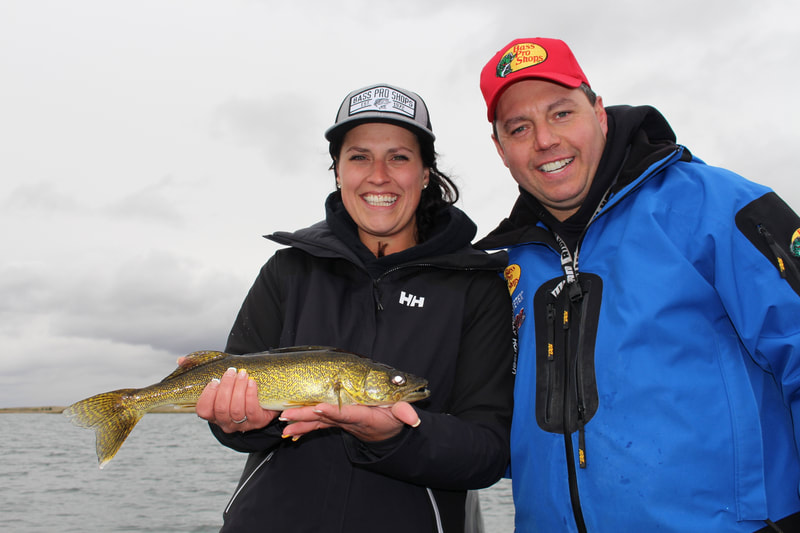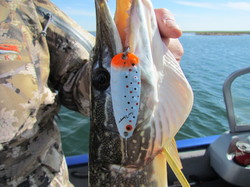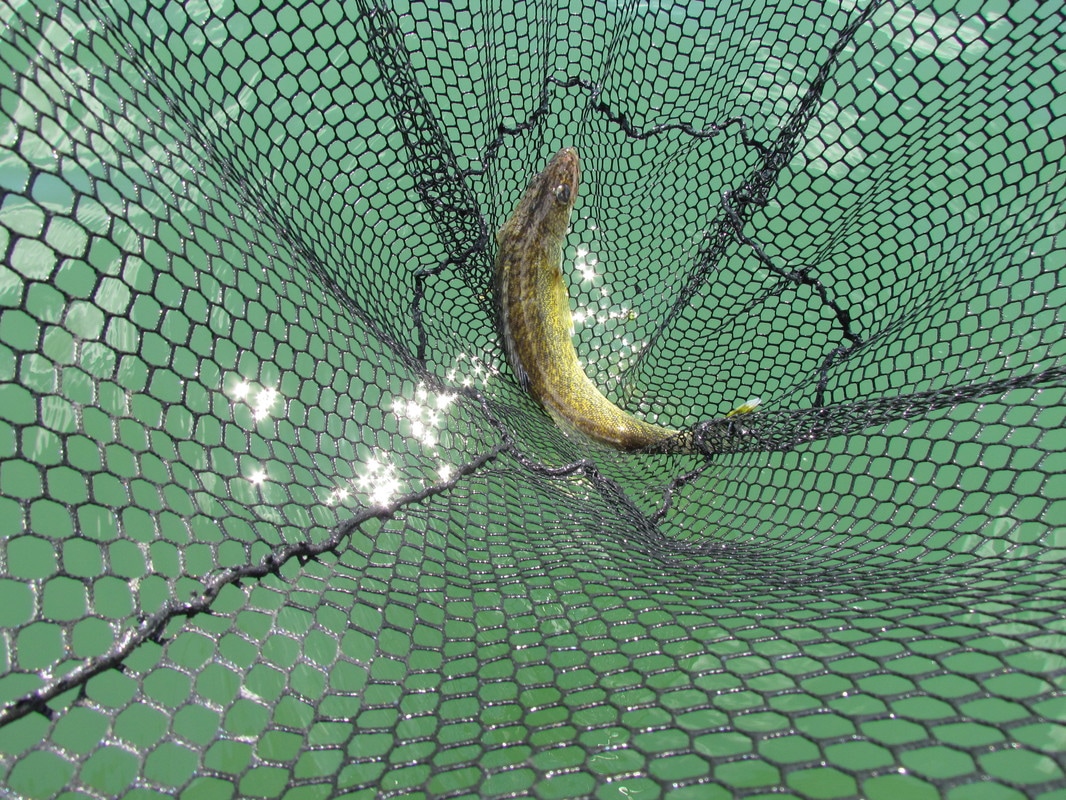|
1. Rubber nets. Yes, rubber nets are a little heavier and have more resistance in the water, but they are more fish friendly than string nets. With string nets, lures often become tangled in the net and when they are still in the fish’s mouth. Untangling lures in a net is dangerous to both the angler and the fish and it requires the fish to be out of the water longer than need be. Rubber nets are more tangle resistant and the soft rubber is less abrasive to the fish’s scales and protective slime. 2. Have your camera ready. My personal rule is the fish must be back in the water in 30-seconds or less. So the first thing I do when I get to my fishing spot is I get my camera out and ready so when the time comes I’m not fumbling with a lens cap or getting my camera out of the camera bag. Same when using your cell-phone for pictures. Have it out and ready.  3. Have a supportive hold. When holding a fish by supporting their midsection be sure not to squeeze the fish’s midsection too hard or you run the risk of damaging the internal organs. All you really need to do is place the palm of your hand under their belly and support the fish’s weight. 4. Protect the gills and avoid the eyes. When holding a fish, make sure you place your fingers behind the fish’s gill plate, not in their gills. Damaged gills from improper finger placement is a sure way to release a fish, only to have it die later. Picking a fish up by the soft tissue of the gills would be like picking a human up by the inner tissue of their nose. Never pick up or hold a fish by their eyes.  5. Be gentle. When releasing a fish back into the water, I like to support the fish under their belly and let it swim away under its own power. Sometimes I will gently hold the fish by the tail once it’s in the water until it’s ready to swim away. I never dive bomb the fish into the water and I never move it back and forth. Some believe moving the fish back and forth in the water forces water through its gills creating oxygen. However, many experts believe as you move the fish backwards it forces water past the fish’s gills in the wrong direction damaging microscopic sensories on the fish’s gills. 6. Consider... is the hook is too deep? If a fish is throat hooked and the hook can't be removed without hurting the fish, cut the line as close to the hook as possible and release the fish. Thousands of controlled studies in aquariums have shown that fish with hooks left in their mouths and throat, including barbed hooks and crankbaits, are free of the hook in 48-hours or less and many of the hooked fish during the study continued to feed. Anglers will often do more damage and even mistakenly kill a fish by trying to remove the hook(s) that are too deep. There are thousands other great tips and tricks that anglers can use to prevent a dead release that aren’t mentioned here. However, these are the six most basic ways to prevent a dead release this season. Wes David | Len Thompson Pro Staff
2 Comments
Annette Wilkinson
3/20/2023 03:10:04 am
Thanks for your informative fishing tips article.good job
Reply
12/20/2023 02:59:31 am
This post is an excellent resource for anglers who are committed to preserving fish populations and practicing responsible catch and release. Each tip provided is not only practical but also highlights the importance of being environmentally conscious and ethical while enjoying the sport of fishing.
Reply
Your comment will be posted after it is approved.
Leave a Reply. |


